In the eyes of this butcher, the craft of cutting and selling meat is making a comeback, and he couldn’t be happier that its role in human history is being celebrated.
“Butchering is the second oldest profession known to mankind,” said Paul Carras, a butcher at Taylor’s Market in Sacramento, California, for the past 21 years. “First is a tool maker, second is a butcher. That alone gets me excited every day to show up to work, knowing the history behind this job.”
What’s been your hardest day on the job as a butcher?
Hardest day on the job as a butcher was Christmas Eve 12 years ago. We had to get here at 2 in the morning and got off at 7:30 at night. Behind on orders.
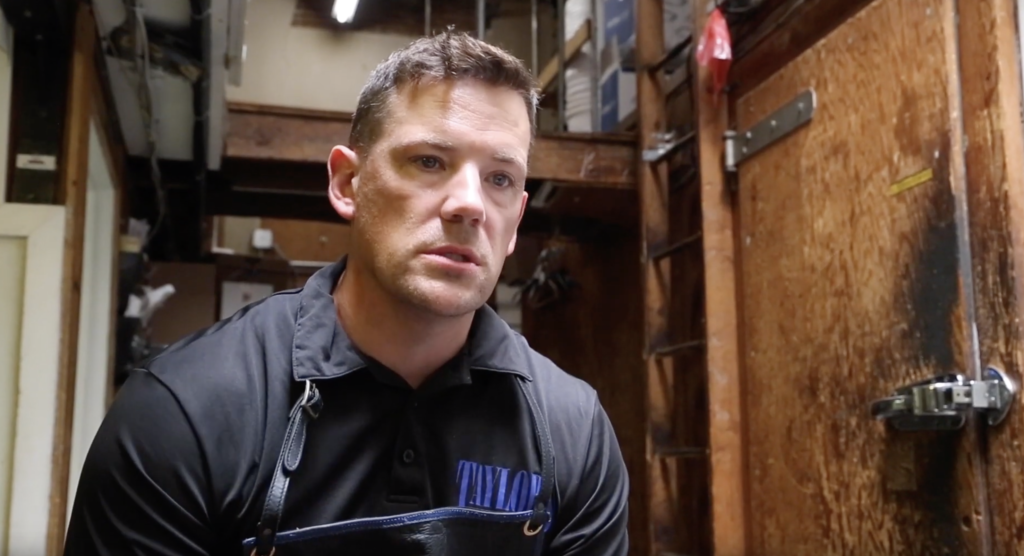
How’d you get into being a butcher?
Learned the profession through Danny Johnson, the owner of Taylor’s, and on-the-job training.
What drew you to it?
The creativity and the quest for knowledge. It’s something that you learn new every day and doesn’t get old.
What do you think the biggest misconception about butchery is?
The biggest misconception I think is sometimes where people shop. We specialize in talking to our customers daily, where the food comes from, what it was fed, what breed, and we really go into details to make sure that they’re happy knowing what they’re buying.
Do you see butchering as a job that’s slowly fallen out of practice over the years?
Actually, I see butchering coming back. It’s starting to become popular again. You know, before it was all about the chefs and the farmers, and now it’s coming back slowly to the butchers. So we’re finally seeing a good turnaround with new butcher shops and boutique shops and young people wanting to learn the trade as a butcher.
There’s a lot of different types of butchers out there. We specialize, like I said, in breaking down whole animals. This profession takes a lot of patience; this profession takes time. I believe there’s no such thing as a master butcher because you’re always learning, and the quest to be a really good butcher is showing up every day, asking questions, staying clean, having a sharp knife, and keep educating yourself. Because that’s the cool thing about this job — every day there’s something new and exciting. And if you stay complacent, you’re not going to go anywhere.
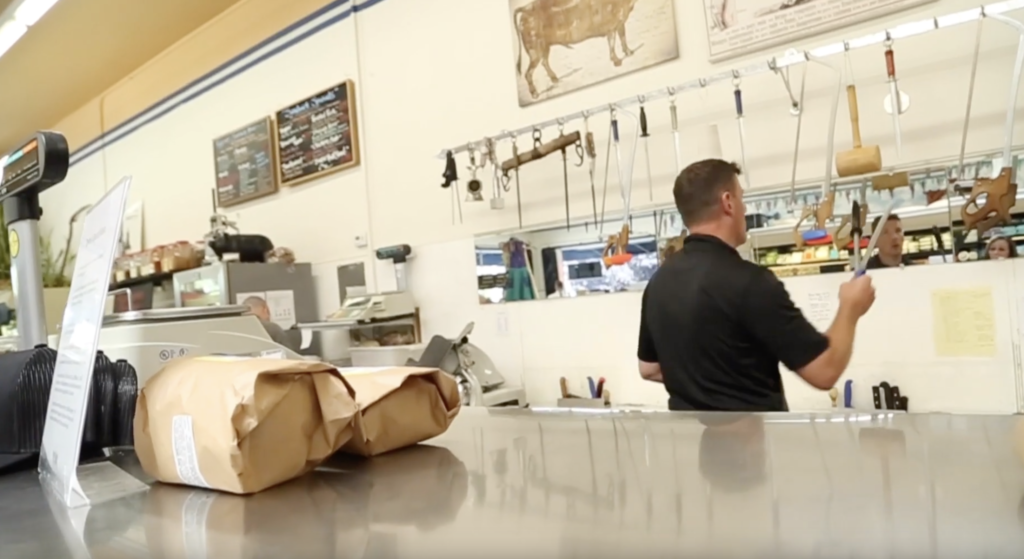
Why do you do what you do?
Well, I love it. I wouldn’t be a butcher if it was hard, and I wouldn’t do it if I didn’t like it. I just love it. I love interacting with the customers and educating them on how to cook a meal and saying, “Hey, look, I’ve got a special inside — we just got this whole lamb in from Dixon, it’s nice and fresh. Let me show you what kind of cut you could take home tonight for dinner for two to 20.”
So, you know, making the customer happy and getting them what they want. It’s not always what you see in the meat case, but we have stuff hanging up or specials. It’s something that’s very interactive with the customers.
What do people get wrong about your line of work?
I don’t know if you would say getting it wrong. We really want our customers to know that there’s a lot of labor involved and a lot of time that we put into this case and into each cut. So sometimes there’s this misconception that meat is expensive, and if people realized the amount of work we go through and the amount of trim and the time that you put into steaks, poultry, seafood, they might realize why that price is the way it is.
Are you passionate about what you do? If so, why?
I’m very passionate about what I do. Again, if I wasn’t passionate about this job, I wouldn’t be here. It’s something that I’m very proud of to go home and tell my wife and tell my two children, that hey, your dad’s a good butcher. And to teach the younger generation this trade is something cool that we take a lot of pride in back here, just to keep the profession alive and thriving. So those two things we enjoy the most.
This article was originally published Aug. 25, 2019, on Coffee or Die.

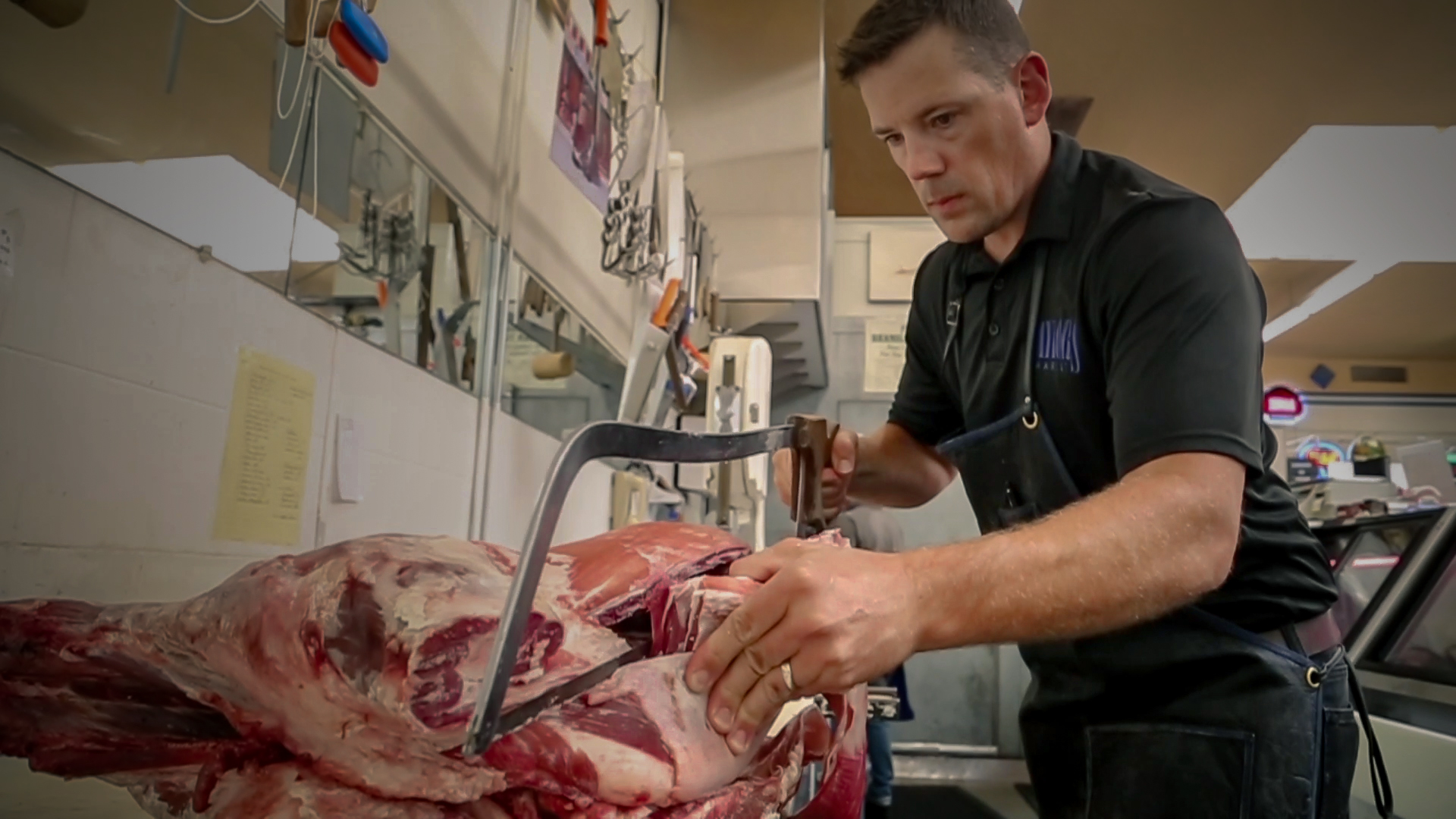

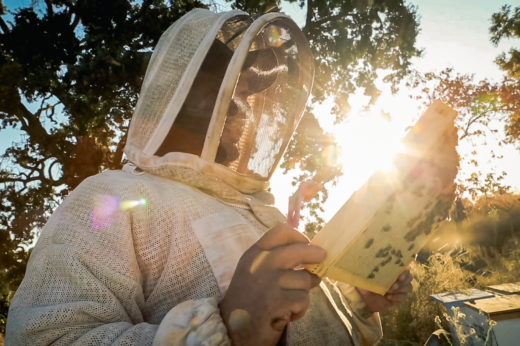

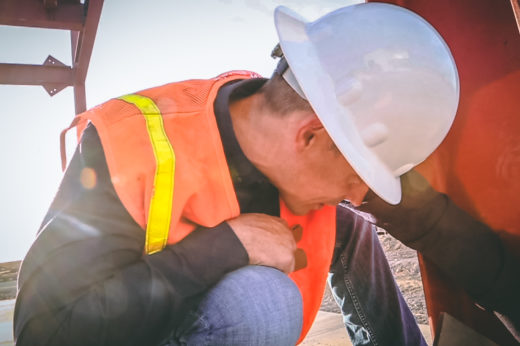


Comments